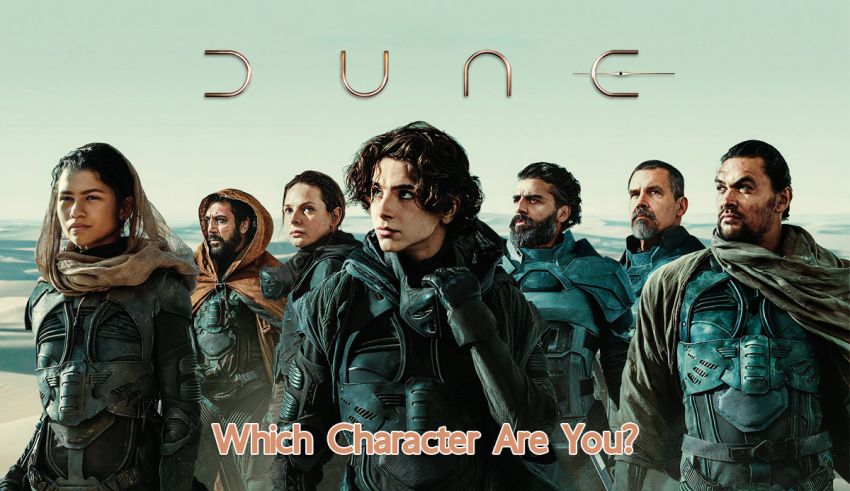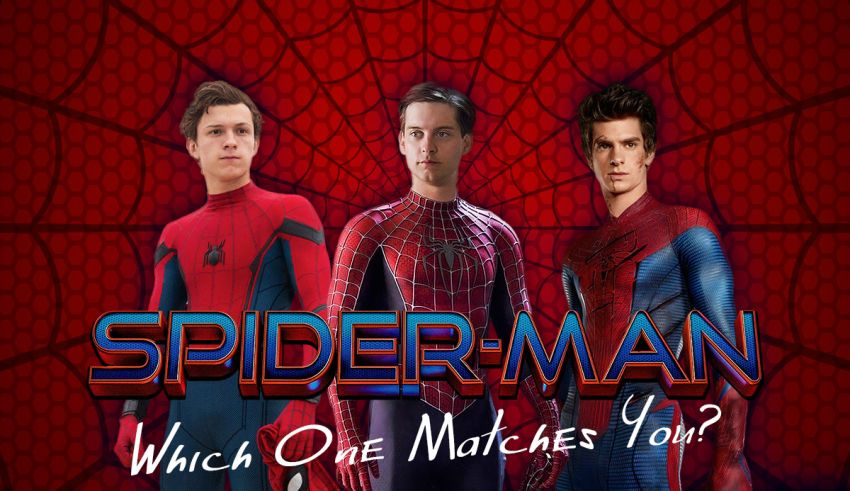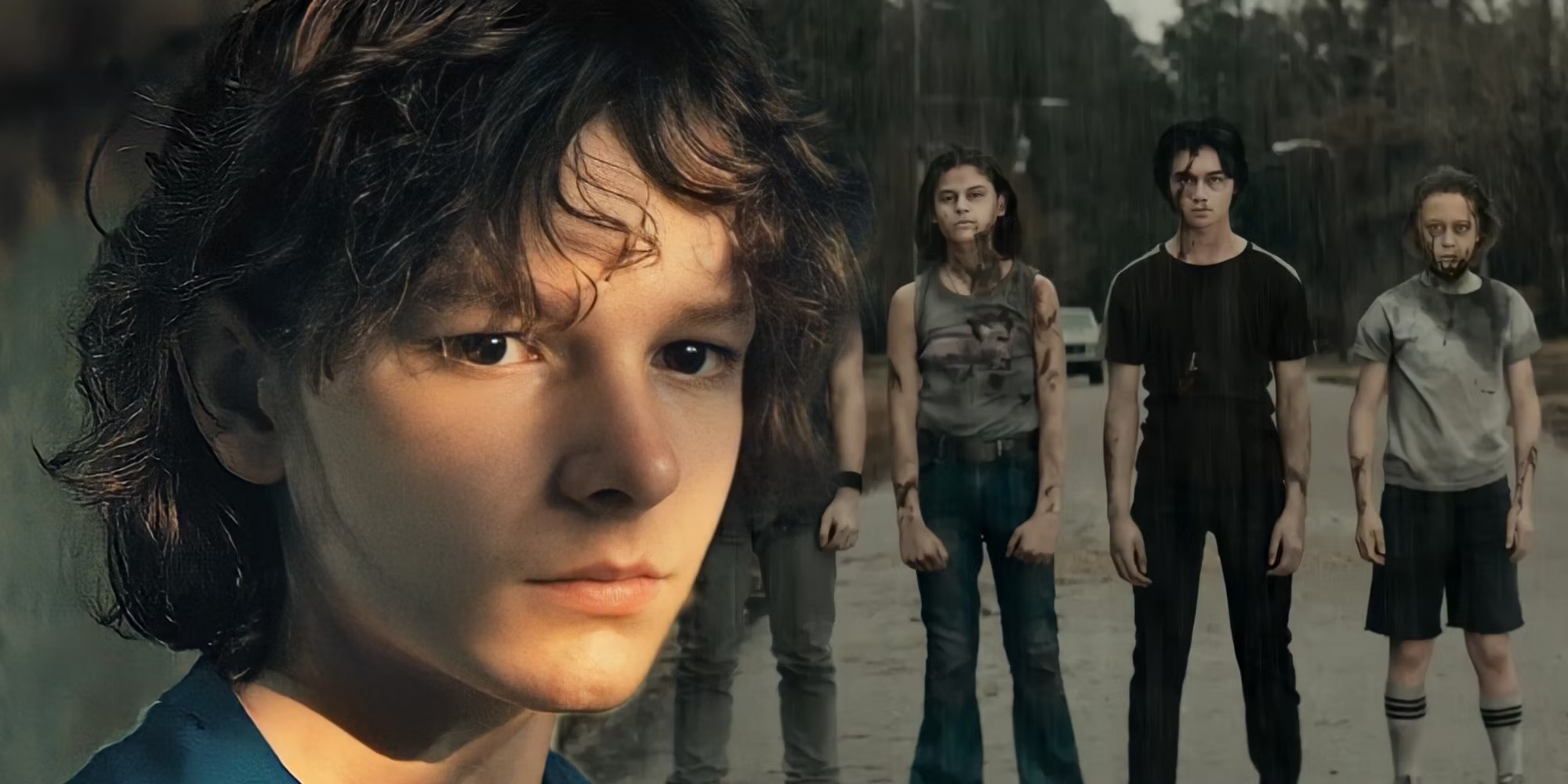Respond to these rapid questions in our Inherent Vice quiz and we will tell you which Inherent Vice character you are. Play it now.
The movie “Inherent Vice” is about a stoner who appears to be stoned. This is really a small portion of what makes it unique.
Many have linked the film, which is an adaptation of Thomas Pynchon’s 2009 novel, to the Coen brothers’ “The Big Lebowski,” a drug-fueled LA comedy with a similar labyrinthine puzzle (or “mystery”) and some similar themes. However, “Vice” is a funnier, richer, sweeter, and deeper film. It has a lot of debt to the carefree, character- and atmosphere-driven 1970s Los Angeles movies like “The Long Goodbye” and “Cisco Pike,” but it never overplays that relationship. It is a historical and political film about The American Soul, as written and directed by Paul Thomas Anderson, though not overly so. Mostly, it’s a protracted, unkempt comedy about eccentrics who enjoy their own manias and demons while being unaware of how their actions affect other people. As a result, it makes for a fantastic people-watching movie, with a diverse ensemble whose performances are the acting equivalent of self-caricatures created while intoxicated: the line goes where it goes.
“Inherent Vice” refers to “the tendency in physical objects to deteriorate because of the fundamental instability of the components from which they are made, as opposed to deterioration caused by external forces”—a mouthful that simultaneously refers to the characters, their city, their country, and the specific historical period that has defined all of it and is already fading from memory when “Inherent Vice” begins. (Smoke rings are exhaled.) It takes place in Los Angeles around 1970, following Tet, Altamont, Manson, and a host of other events that viewers of a particular generation would remember as defining the transition from the 1960s Utopianism to the 1970s Numbness. Hunter S. Thompson described the Summer of Love in 1967 as, in hindsight, the point where the great wave of the counterculture “broke and eventually rolled back” in his psychedelic epic “Fear and Loathing in Las Vegas.”
Joaquin Phoenix plays Larry “Doc” Sportello, a stoned private detective who stands on the beach as the tide comes in. He’s a man-child with shaggy hair and mutton chops, a little bit piggish like many hippy males back then, but overall good; he wouldn’t hurt a fly unless he thought the fly was bugging his joint, and even then, perhaps not. When he’s agitated, he blurts out nonsensical statements that are clear to no one but him and produces high-pitched strangled noises a la Ben Braddock in “The Graduate.” He’s the kind of man who might remark “dig this” before stating a crucial fact and who can respond to any statement with “right on,” changing his inflection so that it always sounds like an appropriate reaction. He uses intuition to resolve disputes, interpreting life as one might read tea leaves. The phrases “Paranoia alert” and “Something Spanish” can be seen while examining the detective’s notepad up close. It’s his manner of doing things; it’s a method. Okay, so, it doesn’t always seem to have obvious effects. But, you know, it’s all a part of it. We are all far too fixated on outcomes, finding solutions to “X,” and providing justifications and responses. Right?
Oh, you want to know what the plot of the movie is? Enjoy this: The kind of movie “Vice” is not one whose story can be flow-charted or which will greatly benefit from the click-baiting “explainer” articles that will undoubtedly be written about it in the upcoming months. Shasta Fay Hepworth, his ex-girlfriend who is now dating local real estate mogul Mickey Wolfmann (Katherine Waterston), pays Doc a visit at the beginning of the film (Eric Roberts). She asks Doc to prevent Mickey’s wife and her lover from putting Mickey in a mental facility. A brother named Tariq Khalil (Michael Kenneth Williams, spot on) sees Doc at his medical clinic (he’s some kind of physician, seemingly?) around the same period and asks if Doc can assist find one of Mickey’s bodyguards, Glen Charlock, a white supremacist who served time with Tariq. Doc also tries to track down the missing jazz saxophonist Coy Harlingen (Owen Wilson, who appears born to wield a sax, though not necessarily to play one) on behalf of Coy’s wife Hope since it seems like Doc can’t go anywhere without being handed a case, a mission, or asked for a favor (Jena Malone).
“Vice” may be one of those movies where it kind of doesn’t matter whether everything connects together and if it does, to what extent; and that’s OK, it’s deliberate, it’s part of it, maybe. Everything ties together, and yet it doesn’t all tie together. The movie itself appears stoned and disoriented, as I mentioned in the first paragraph. Situations repeat, and images do as well. The movie occasionally refers to things it has never discussed before or tells you things you already know as if you are well familiar with them. It is dispersed throughout.
There are lengthy stretches where the plot, such as it is, is set aside so that the film can savor the people, places, and moods, most notably Doc’s encounter with coke-addled dentist Dr. Rudy Blatnoyd, portrayed by Martin Short, who deserves a special Oscar for his slinky crab-walk. With perhaps thirty minutes left, “Vice” takes a break to watch the two in a post-coital moment, with Witherspoon lying on a bed, smoking a joint, and laughing. Reese Witherspoon plays an assistant D.A. named Penny Kimball who disapproves of Doc on at least five levels but adores him and occasionally sleeps with him. The iconic scene might be when Doc just stands there and stares when Short’s dentist asks him to repeat where he said he was from to the secretary.
Joanna Newsome plays Doc’s assistant Sortilège, the third-person narrator of the film, and I’m approximately 90% sure she’s not a fictitious character.
But you shouldn’t waste any more time and start this Inherent Vice quiz.
Anderson is at the height of his powers here, ironically but appropriately directing “Vice” in such a way that expressions like “peak of his powers” (and other language connoting masculine swagger or preening mastery) seem contrary to the spirit of the thing. Anderson, who has become even more of an actors’ director in his recent films than he was before, is at the height of his powers here. The way “Vice” seems uninterested in impressing us makes it impressive. In order to capture moments as simply as possible, Anderson stages entire scenes in unobtrusive long takes or close-ups. He then lets actors’ faces, voices, and subtle lighting cues carry out the work that, fifteen years ago, he might have attempted to do with a virtuoso tracking shot that culminated in the camera tilting, whirling, or diving into a swimming pool. A lengthy, flirtatious, and openly sexual sequence lasts for five to six minutes without being trimmed. There are scenes where two characters enter a room and begin conversing, and the rest of the scene is played out in alternating shots of the actors’ faces (which appear to forgo makeup and highlight the actors’ freckles, moles, and other “blemishes”) and in the cinematographer Robert Elswit’s creamy ’70s-style lighting. There is so much happening in those photos that you might not mind hanging around with them for another ten, an hour, or even another drive with the dentist—I forget his name—that I mentioned earlier.
Blatanowsky?
Anyway.
Boogie Nights and Magnolia, Anderson’s second and third films, were compared to Robert Altman, but this one is much more Altman-like, if that’s a word. According to a sentence in the book and the script, it appears to be happening on “Uranus, the planet of harsh surprises.” While adapting Raymond Chandler’s novel “The Big Sleep,” Howard Hawks called Chandler to say that neither he nor any of the screenwriters could figure out who killed the Sternwoods’ chauffeur, only for Chandler to admit that he didn’t know either. At times, Anderson’s script appears to have taken its cue from this story, which is a favorite among movie buffs. When the protagonist in the Coen brothers’ gangster film “Miller’s Crossing” asks the cunning accountant Bernie Birnbaum (John Turturro) who killed a third character, Bernie simply responds, “That was a mistake,” without going into further detail.
I leave off. Um.
And, and, and: Throughout the entire ordeal, Christian “Bigfoot” Bjornsen, a right-wing cop who despises hippies, follows and agitates Doc (Josh Brolin, whose beef-slab physique and woodblock head suggest that Nick Nolte and Kurt Russell somehow managed to have a son together). Bigfoot is a representation of established Establishment beliefs and passed-down “knowledge” on how ‘Murricans should conduct themselves, much like other characters in “Vice.” He tells us that “every meeting of three or more persons represents a probable cult.” However, Anderson, who has never publicly indicated that he shares Bigfoot’s values, seems to respect him as a human being, a lost soul, similar to how Oliver Stone, who adapted the life of Richard Nixon, ended up yearning for the guy.
Inherent Vice Quiz
Dig: There are times when Bigfoot, who constantly abuses Doc’s body, possessions, emotions, and ideals, seems to be controlled by forces that no one else can comprehend (maybe similar to Jonathan Winters trashing the gas store in “It’s a Mad, Mad, Mad, Mad World”). During these encounters, Phoenix seems to have a confused but unfathomable pity for Brolin. They are compatible. An unintentional metaphor for the liberal/conservative, dungarees/suits, blue state/red state divide that has characterized American politics since the Civil War is the relationship between the stoner “detective” who poses as a master crime fighter and the meathead cop who occasionally moonlights as an extra on “Dragnet.” Watch the silent scene where Doc observes Bigfoot carelessly devouring a frozen chocolate banana if you don’t believe me.
Also, you will find out which character are you in this Inherent Vice quiz.
Beyond the absurd humor and off-the-wall asides, there is a powerful sense of longing and anguish over intangible loss. The murky sunlight that lights up so many “Vice” scenes corresponds with the hero’s foggy perceptions, which are influenced by drugs and nostalgia equally (nostalgia is itself a kind of drug). The paths not taken or the less traveled ones, the loves not sought, and the days not grasped haunt almost every important character. Where did the time go, they ponder. They ponder their purpose in this location. They simply stroll around, converse, eat, and smoke while the sun sets and the sea recedes. What is life all about?
Beauty. So much splendor.
Even the dumbest photos can reveal that, like the one of Wilson’s Coy Harlingen participating in a pizza dinner/photo shoot themed after the Last Supper. Momentous shots like the gloomy opening sight of the sea seen from between two decrepit buildings demonstrate this. You can see it in a single, extended take of a flashback scene involving Doc and Shasta when they are shown moving up and down a street, through a chain link fence, and huddling in a doorway as storm clouds build and Neil Young’s music plays in the background. The wave rolls in and rolls out.
What were we discussing?
About the quiz
Also, you must try to play this Inherent Vice quiz.
.
For more personality quizzes check this: First Period Quiz.





